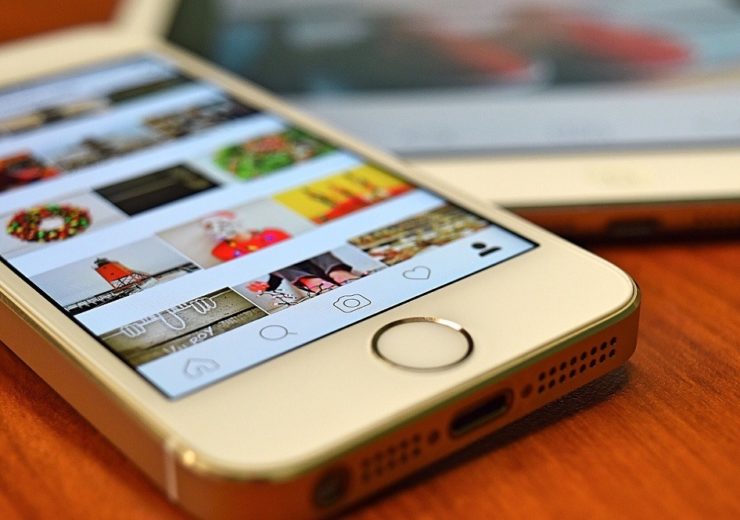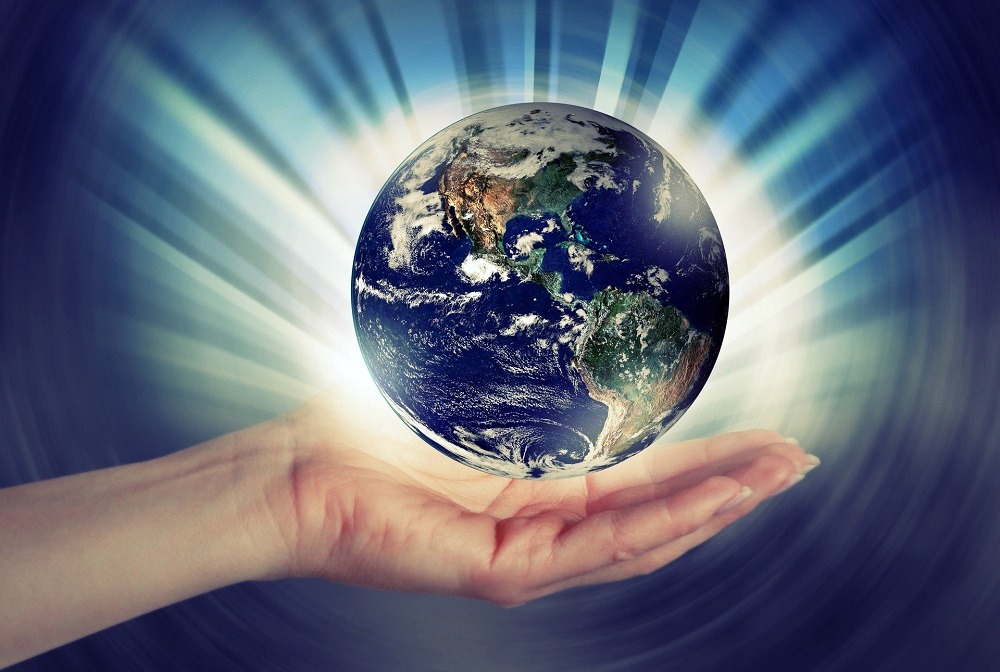Head of marketing at Lifestyle Packaging Rich Quelch believes creativity in packaging design is important for a brand to leverage consumers' use of social media.

When it comes to social media, consumers will only share and recommend a product if it will initiate a positive response from others, says Rich Quelch (Credit: Pixabay)
With the importance of social media platforms becoming ever more apparent in modern society, industries are becoming increasingly attracted to targeting popular sharing platforms to boost awareness and sell products. Lifestyle Packaging head of marketing Rich Quelch gives his view of how this shift is changing brand packaging design.
Today, brands can’t ignore social media and the power it holds as a marketing channel.
In fact, 62% of people say they have become more interested in a brand or product after seeing it on Instagram.
The “insta-effect” has become so great in recent years that it doesn’t just influence how a product is marketed; social media now dictates the design of the product and its packaging itself.
More brands are embracing social networks to express their identities than ever before, but how is this influencing packaging design?
Why should companies care about Insta-worthy packaging?
In recent years a power shift has taken place and image-led social platforms are now one of the most valuable channels for brands to connect with consumers.
From the outset, packaging should be thought of as a marketing vehicle to be leveraged.
When it comes to social media, consumers will only share and recommend a product if it will initiate a positive response from others.
Aesthetics are the most likely reason why someone will post about a business’ packaging design.
After all, that’s what image-first social media platforms like Instagram are all about. But there are many other reasons too.
It could be something funny or witty printed on the packaging to engage their followers, or the packaging is a quirky shape, or it can be used for something entirely different after opening, or that it’s made with eco-friendly materials.
Personalisation is also a huge selling point and is used by consumers as a status symbol and a way of differentiating themselves from others, even if anyone can get it.
No industry directly selling to consumers can ignore the Instagram trend. Some of the most successful examples of “Insta-worthy” packaging design have come from food and drink companies – like Coca Cola’s personalised name labels and Nutella’s seven million uniquely decorated jars.
There are countless examples in the beauty sector too, such as Glossier with its trendy product colours and witty brand voice incorporated into its simple and clean packaging.
Brand personality is key
It’s a hard statistic to ignore — almost half of consumers said they would share an image of a delivery via social media if it was uniquely packaged.
For many brands, decisions about packaging design usually come down to cost and functionality.
These two factors remain important but creative thought is also needed to make sure packaging taps into consumers’ instinct to share online.

Aesthetically engaging decorative techniques are a great way to do so and shouldn’t be reserved for secondary packaging (i.e. the box the product sits within).
Primary packaging, including glass and plastic bottles, caps and closures, can also benefit from a little creative thinking.
Methods such as etching (resulting in the loss of transparency on glass), metalisation (a metallic-effect coating), hot stamping (a textured foil image), screen printing (durable ink transfers) and anodising (mechanically polished aluminium) can all help to introduce a brand’s identity and values directly onto a product.
Dual-use packaging designs, where a product’s packaging has an additional use or interactive element, are becoming more popular and appreciated by the Instagram generation.
Great examples of this working well include Walker’s Tear ‘n’ Share crisp bag which can be folded down to form a bowl, Pizza Hut’s “Blockbuster Box” which came with a lens inserted into a perforated hole, allowing customers to project a film onto their wall at home from a smartphone, and Bee Bright honey which comes in a beeswax container that can be turned upside down when finished to reveal a candle wick.
Shout about eco-credentials
In a recent global survey by Nielsen, 81% of consumers said companies should help improve the environment, with younger generations being the most supportive of this notion. They also happen to be the greatest users of social media.
So, translating a brand’s eco-credentials onto packaging is important. From a sustainability perspective, there are many factors that dictate whether packaging is designed well or badly.

For example, this can be judged on its size compared to its contents, its shape and how efficiently it can be transported, the materials it’s made from, and what happens once it’s discarded.
If you’ve invested time and money into making packaging eco-friendly, tell consumers the story.
Include printed eco-labels like “100% natural”, “vegan” and “100% recyclable” where appropriate and nudge customers to explore a shared eco-journey further by incorporating a scannable QR code.
Saving the planet is high up on consumer’s priorities and many will want to share how they are supporting this growing movement by buying a product.
If packaging design isn’t keeping pace with this climate, it’s time to invest money and resources into putting this right.
